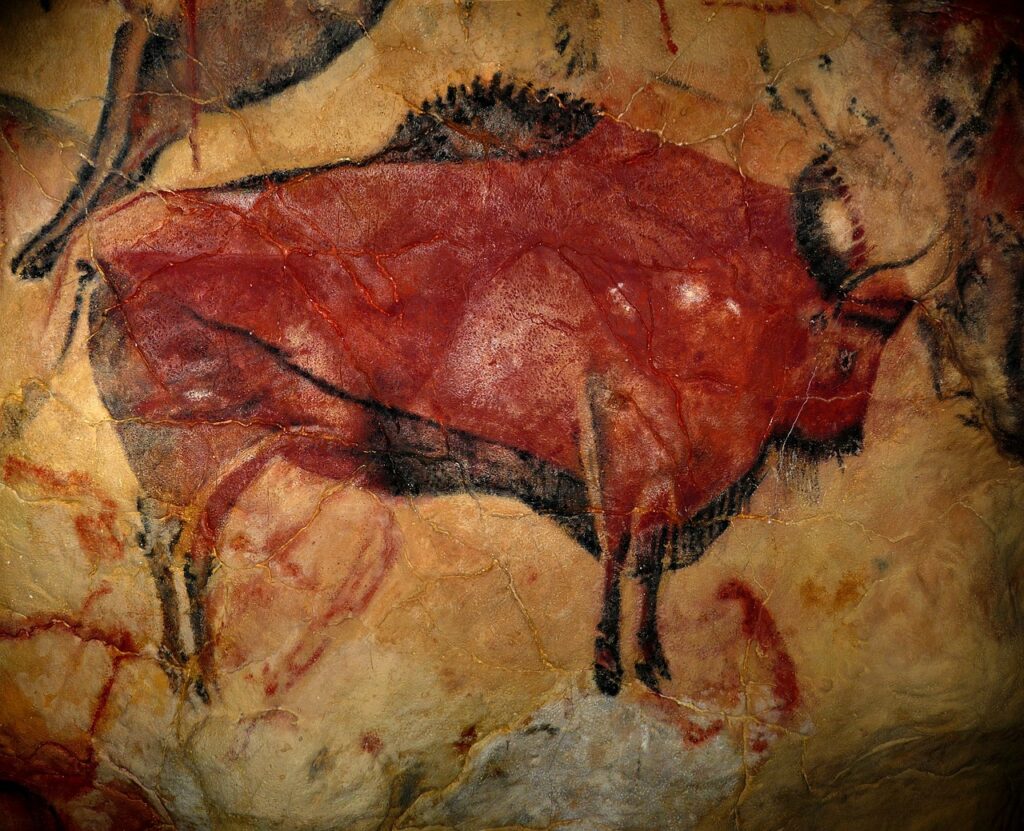Have you ever wondered when humans first felt the urge to capture their thoughts in images? Picture this: a cave artist fifty thousand years ago, holding a crude brush, creating the world’s first visual story. The narrative they painted on stone walls might just rewrite everything we thought we knew about human creativity.
Until recently, we believed Europe was the birthplace of sophisticated artistic expression. That notion has crumbled under the weight of new scientific evidence from unlikely places thousands of miles away.
The Revolutionary Uranium-Thorium Method
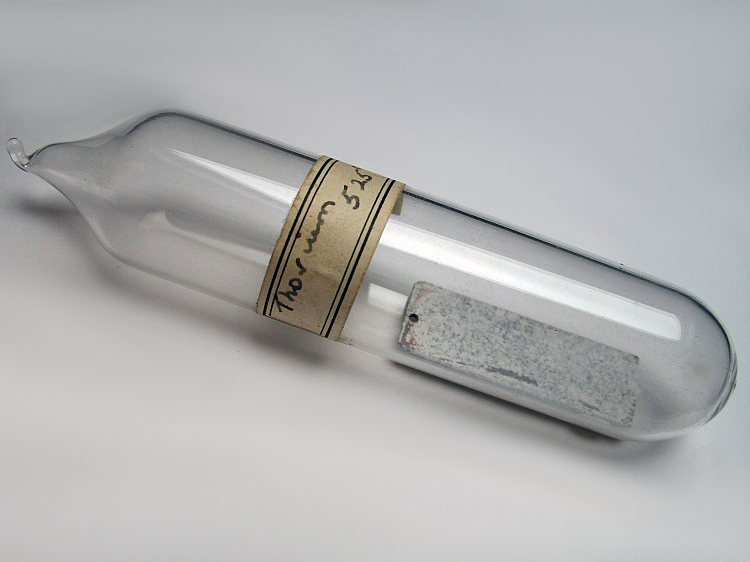
Scientists have developed an innovative laser-based method that allows for much more precise analysis by using laser ablation to create detailed maps of the calcium carbonate layers, allowing them to pinpoint the oldest deposits directly on top of the pigments. This breakthrough represents a quantum leap in archaeological dating accuracy.
Because uranium-234 is soluble in water and thorium-230 is not, scientists can use uranium-thorium dating to determine the age of cave deposits like limestone that is deposited on the surface of a cave painting, where the atomic “clock” starts. Unlike radiocarbon dating, this method reaches much further back in time with an upper age limit of 500,000 years.
Indonesia Shatters European Supremacy
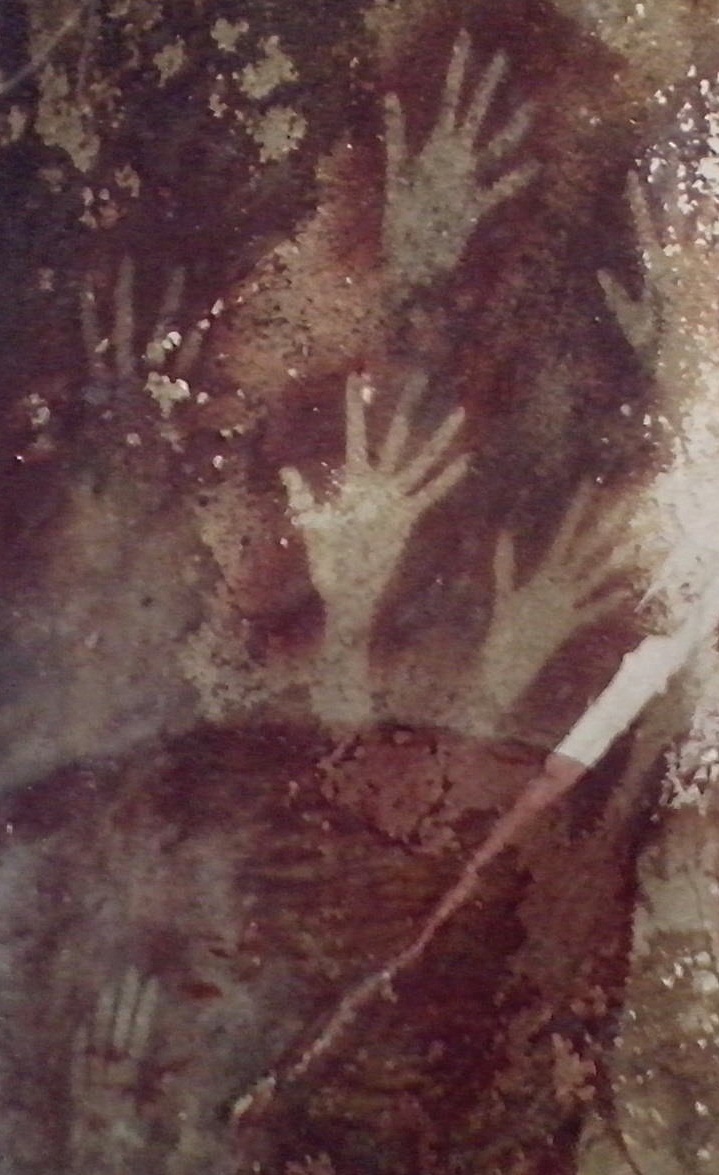
Painted at least 45,500 years ago, this narrative composition at Leang Karampuang depicts human-like figures interacting with a pig and is now the earliest known surviving example of representational art and visual storytelling in the world. This Indonesian cave art predates European examples by tens of thousands of years.
Until this discovery, the oldest dated art was firmly in Europe, with the spectacular lions and rhinos of Chauvet Cave in southeastern France commonly thought to be around 30,000 to 32,000 years old. It was long assumed that sophisticated abstract thinking emerged in Europe shortly after modern humans arrived there about 40,000 years ago, and that European skills must have then spread around the world.
The Genius Behind Ancient Pigments
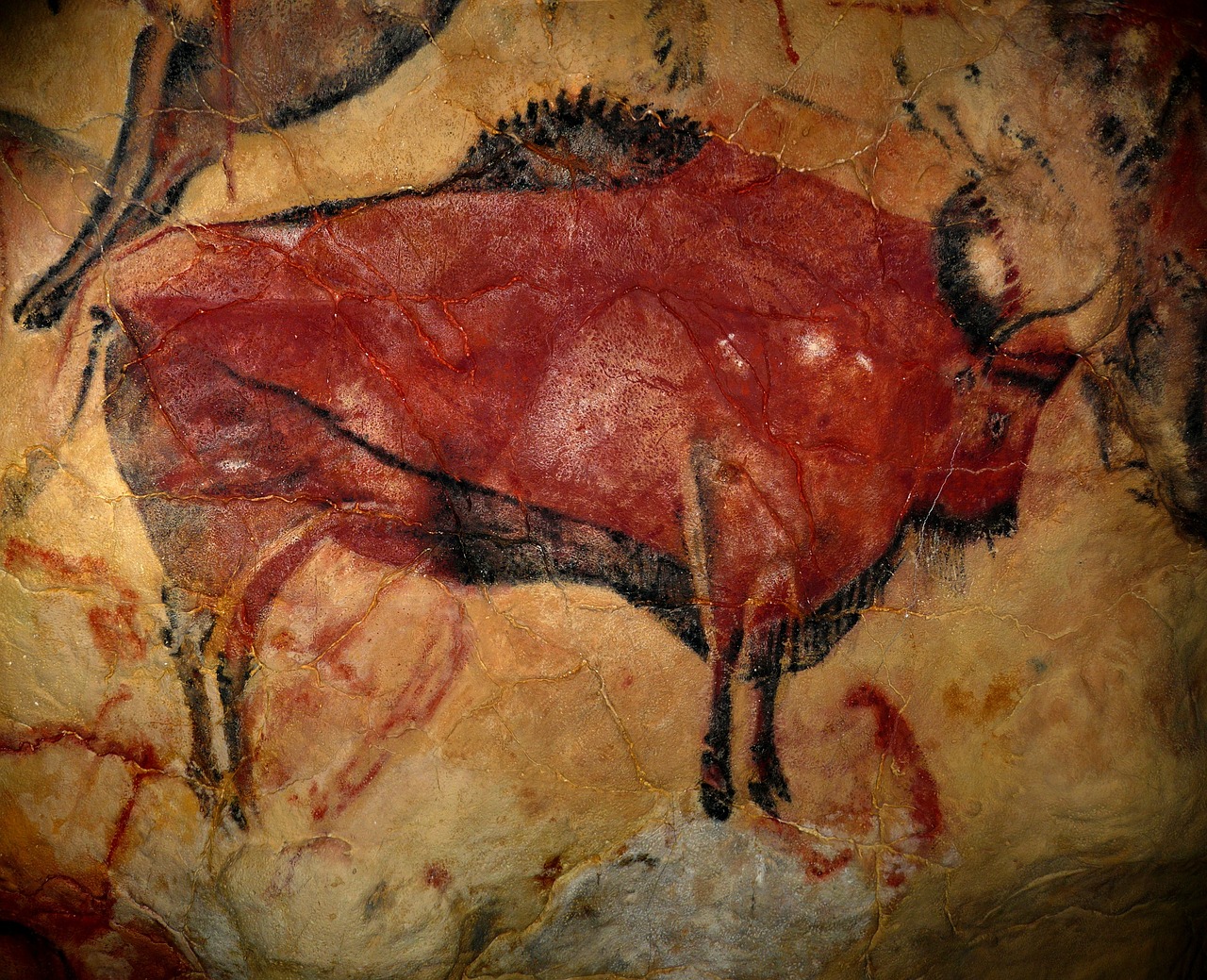
During the Middle Palaeolithic period about 40,000 years ago, humans developed the process of producing new pigments through skills that were used for many years thereafter, developing the technique of heating substances to produce new substances through chemical reactions. The predominant colors used were black from charcoal or manganese oxide, yellow ochre from limonite, red ochre from hematite, and white from kaolin clay or calcium carbonate.
Technical examination revealed sophisticated artistic techniques previously unattributed to ancient humans, including specialized tools for applying pigments, primitive brushes made from animal hair and feathers, and spray-painting techniques created by blowing pigment through hollow bones. These weren’t primitive scratches on walls but deliberate masterpieces requiring advanced planning.
Storytelling Before Language
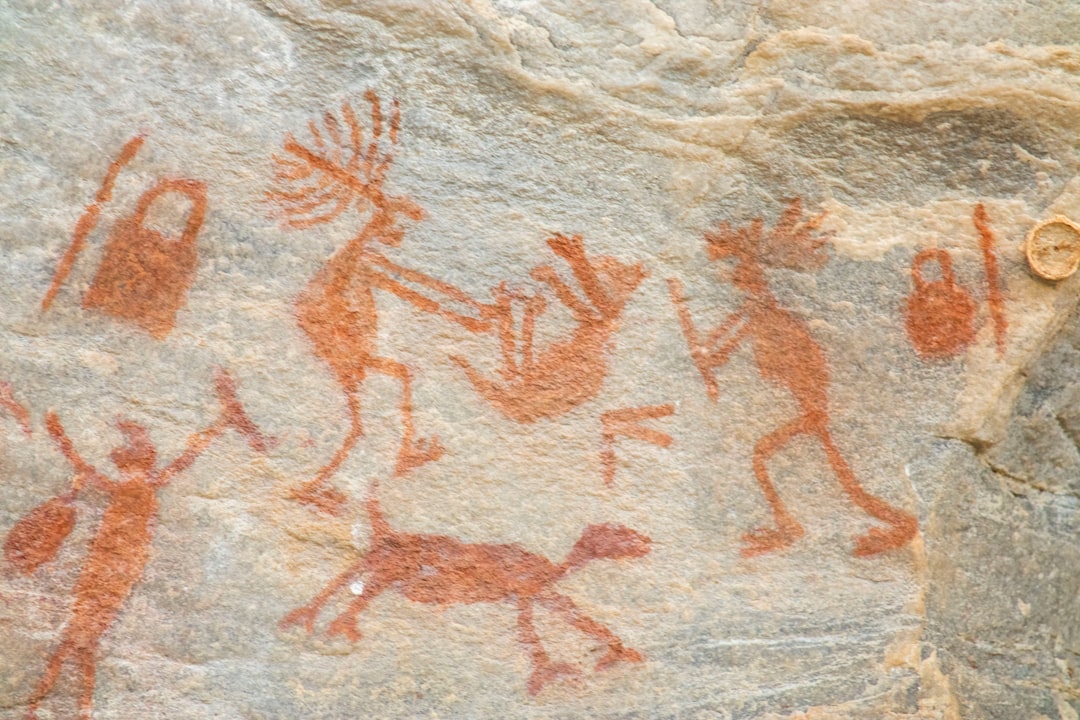
At least three human-like figures were depicted in close association with the pig as part of a single composition, portrayed using the same red-hued pigment with at least two arrayed in dynamic action poses near the head and face of the animal, engaged in some kind of close interaction. This represents humanity’s first attempt at visual narrative.
This enigmatic scene may represent a hunting narrative, while the prominent portrayal of therianthropic figures implies that the artwork reflects imaginative storytelling, possibly even a myth. You can almost hear the stories these ancient artists might have told around flickering fires, stories now preserved in stone for eternity.
Neanderthal Artists Challenge Human Exclusivity
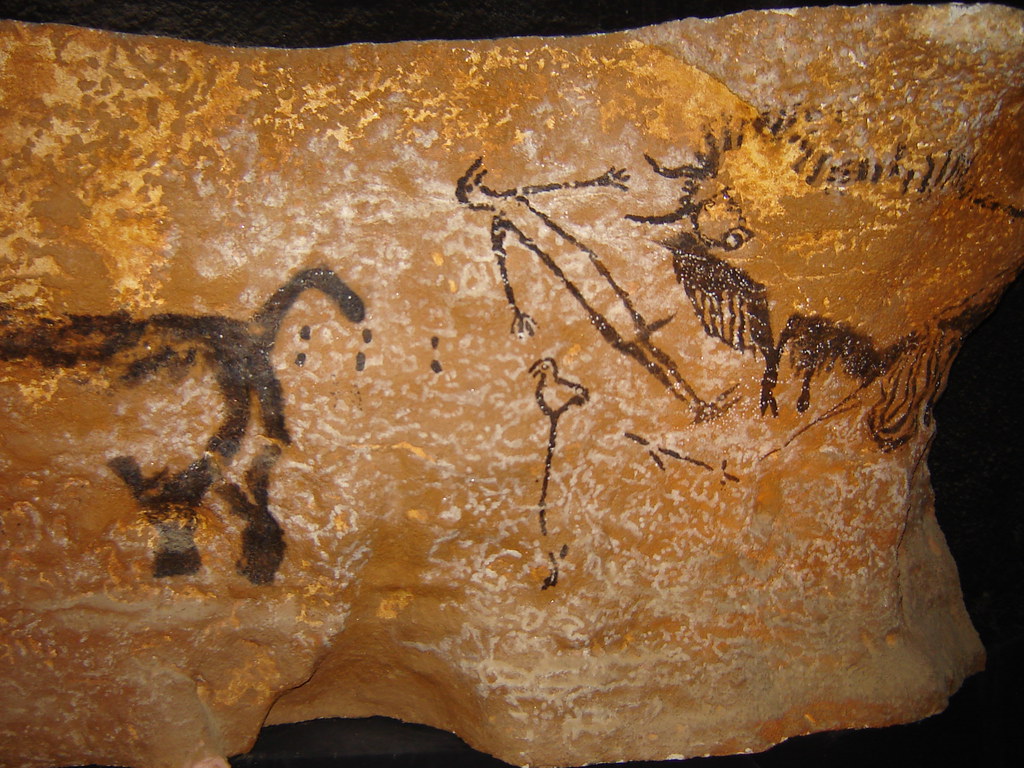
The crust covering hand stencils in the deepest recess of Maltravieso Cave dates to 66,700 years ago, suggesting that Neanderthals likely created these illustrations, with the oldest three samples dated to 46,600, 55,240 and 66,710 years ago. This evidence forces us to reconsider who first possessed artistic genius.
Red non-figurative symbols found in Spanish caves at Maltravieso, Ardales and La Pasiega predate the appearance of modern humans in Europe by at least 20,000 years and thus must have been made by Neanderthals rather than modern humans. The implications are staggering: creativity might not be uniquely human after all.
The Technical Revolution in Dating
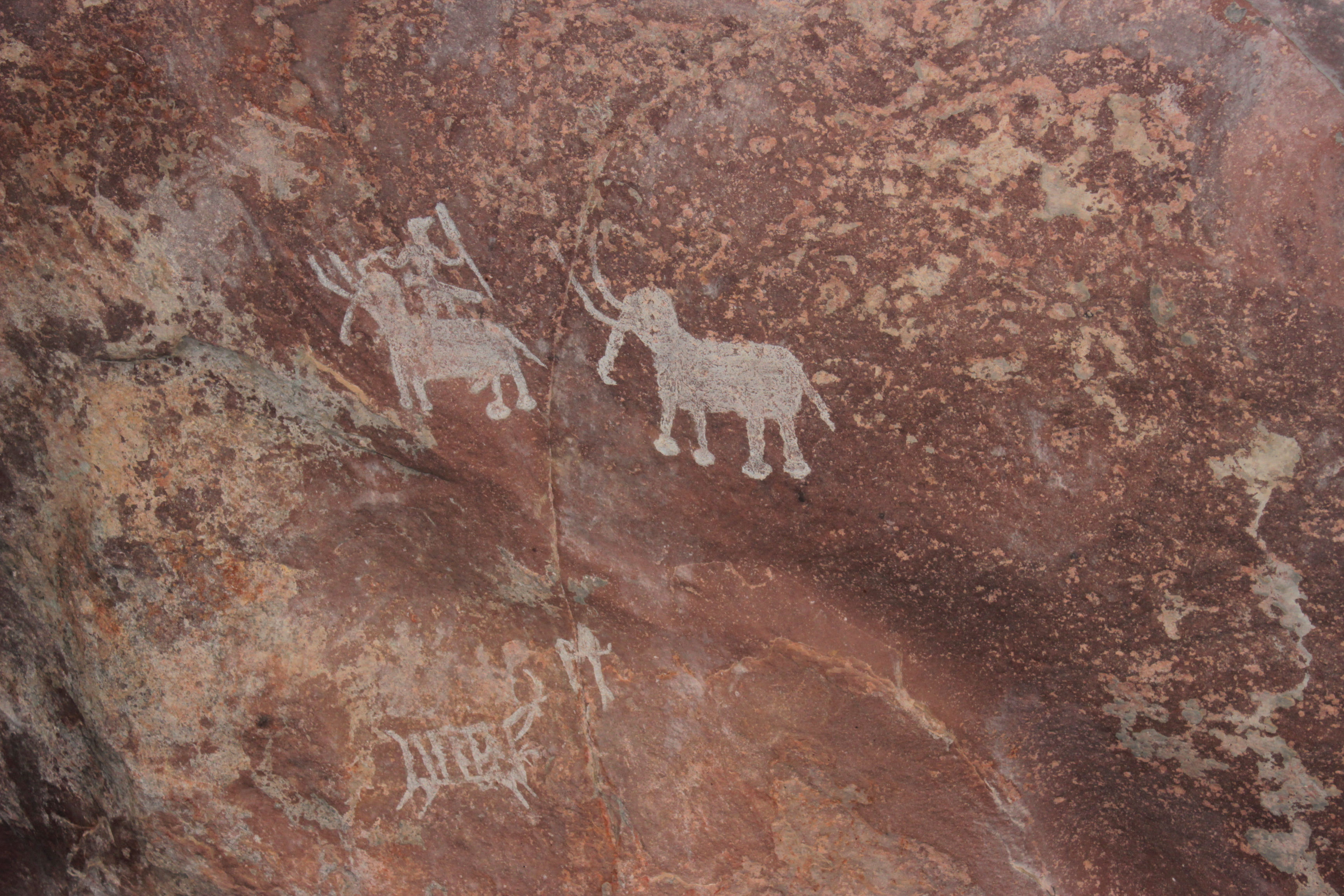
This method provides enhanced spatial accuracy, resulting in older minimum ages for previously dated art, with the hunting scene at Leang Bulu’ Sipong 4 revealed to be at least 45,500 years old, updated from earlier estimates. Every refinement in dating technology pushes back the boundaries of human creative expression.
As uranium is soluble in groundwater and thorium is not, minerals that precipitate out of water initially only contain uranium, and by calculating the degree of disequilibrium between uranium and thorium still present in a sample, a formation date is obtained. This scientific precision transforms guesswork into concrete chronology.
Global Patterns of Ancient Creativity
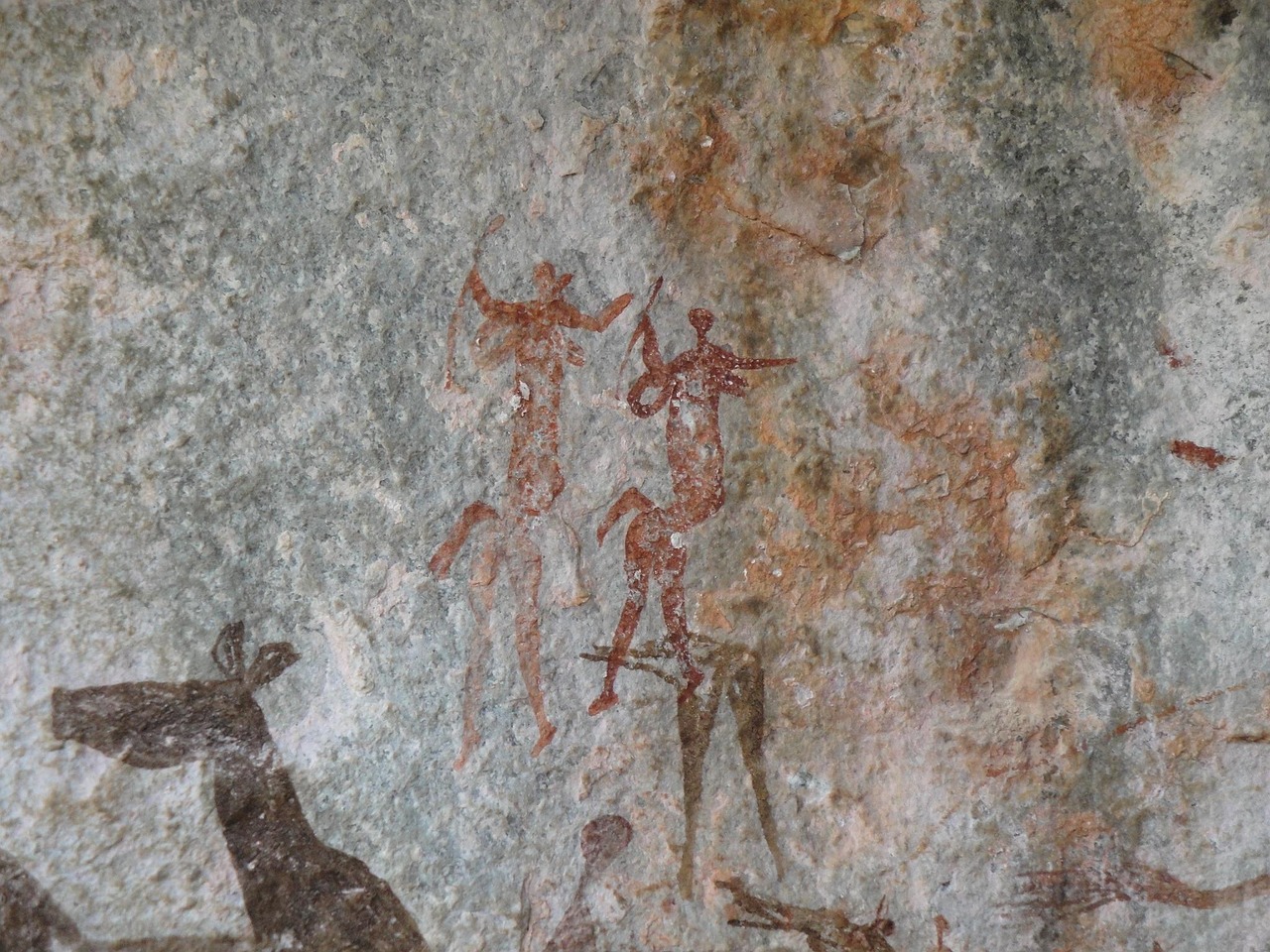
Signs of the early beginnings of art around the world have grown in recent years, including a 73,000-year-old hashtag-like doodle from South Africa and 65,000-year-old geometric shapes and hand outlines. These discoveries paint a picture of creativity emerging simultaneously across continents.
Indonesian paintings predate European cave art by at least 25,000 years, while newly dated South African sites push artistic origins back to nearly 70,000 years ago, strongly suggesting that sophisticated abstract thinking and symbolic representation were fundamental aspects of human cognitive evolution that emerged across different populations and continents. Creativity wasn’t exported from one region but bloomed naturally wherever humans settled.
What This Means for Human Evolution
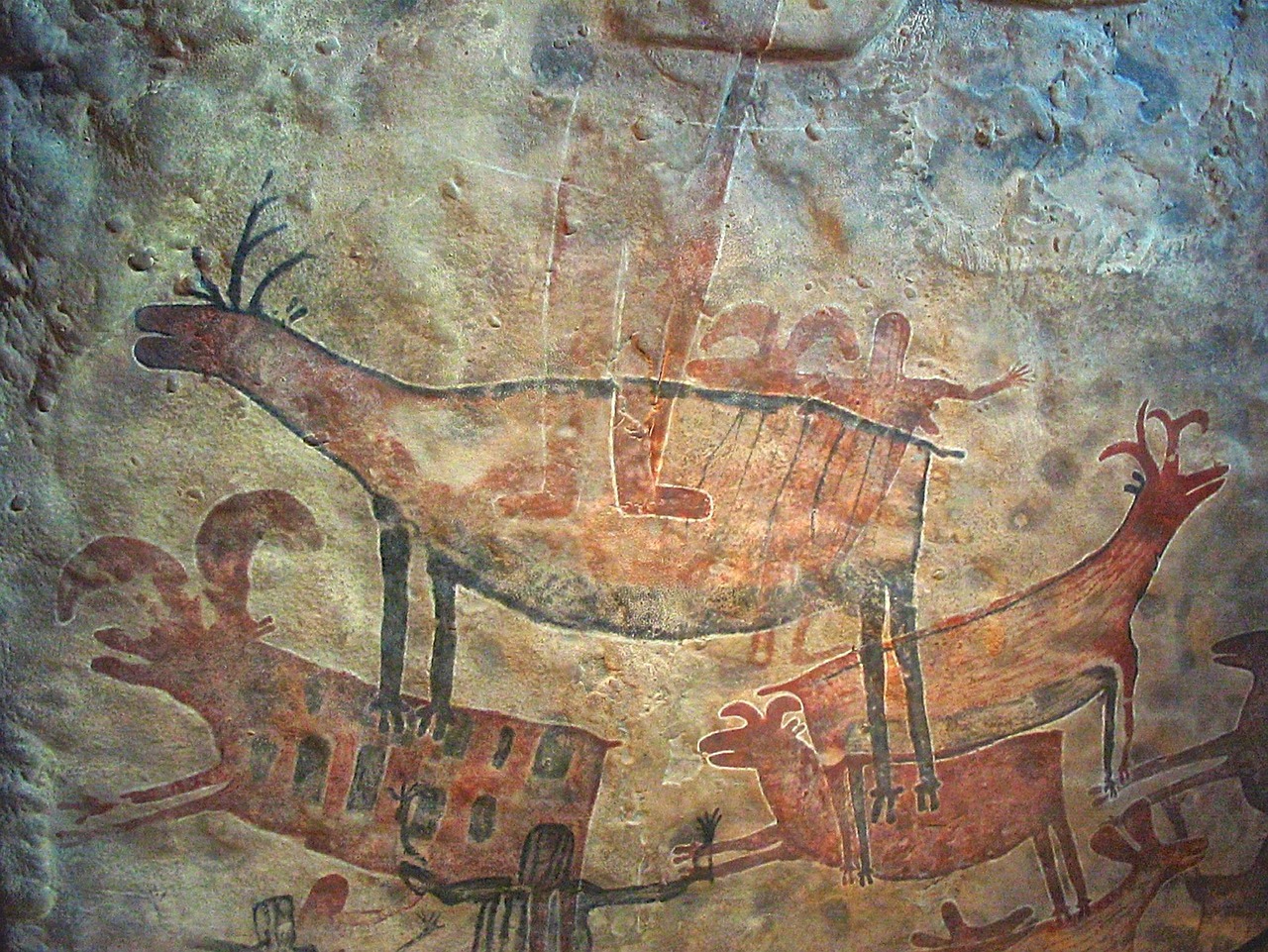
These findings have profound implications for understanding human brain development in ancient times, pushing back the origins of both figurative and narrative art by thousands of years. We’re witnessing a complete rewrite of humanity’s creative timeline.
These findings show that figurative portrayals of anthropomorphic figures and animals have a deeper origin in the history of modern human image-making than recognized to date, as does their representation in composed scenes. The human drive to create and communicate through images appears to be far more ancient and fundamental than previously imagined.
The discoveries emerging from caves across the world tell us something profound about ourselves. Creativity isn’t a recent human invention or a luxury of developed civilizations. It’s woven into the very fabric of what makes us human, emerging wherever our ancestors gathered around fires and gazed at blank cave walls.
These ancient artists, working by flickering torchlight tens of thousands of years ago, possessed the same creative spark that drives modern artists today. They felt compelled to leave their mark, to tell their stories, and to communicate across the vast expanse of time. What stories would you tell if you knew they might survive for fifty thousand years?

